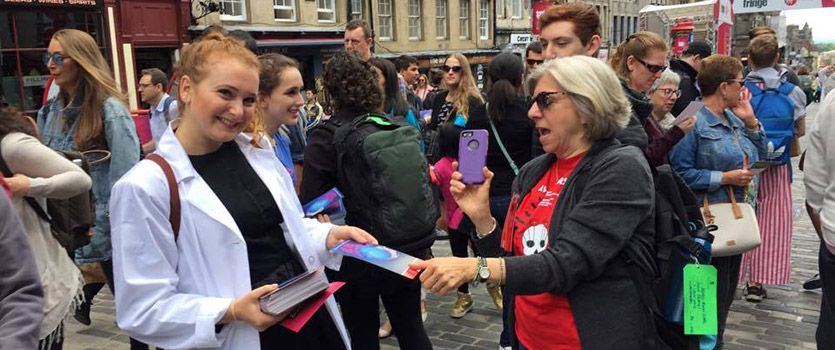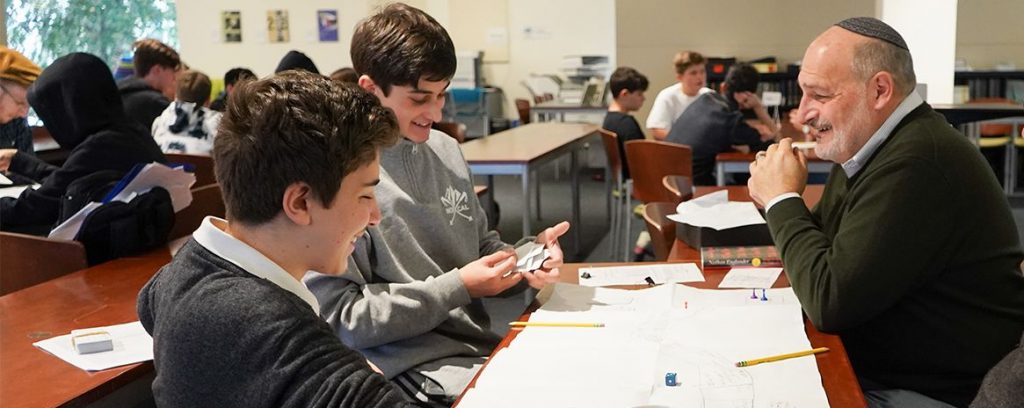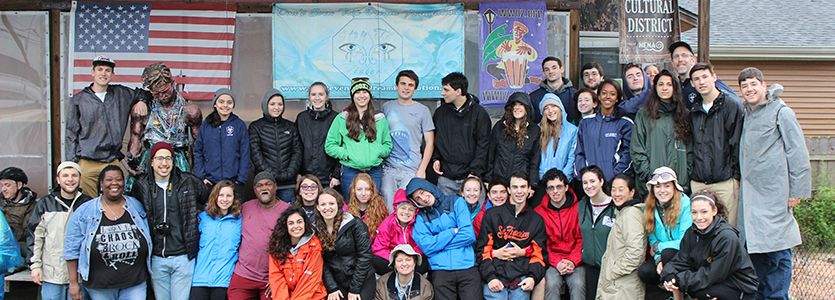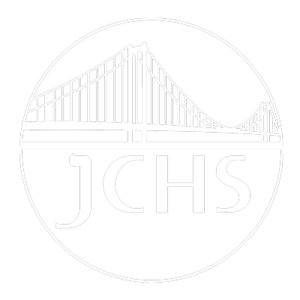Parashat Tazria-Metzora
The Big Toe
Evan Wolkenstein | Director of Experiential Education, Jewish Studies Teacher
This week, we commemorate two very different days: the celebratory Yom Ha’Atzmaut (Israeli Independance Day), and the introspective, mournful Yom ha Zikaron. On Yom Ha Zikaron, Israeli’s Memorial Day, the Jewish community takes time to reflect on loss — and many in Israel and the Diaspora attend a “tekkes” — a ceremony, which is, itself, a kind of sacred gathering.
Pausing the topic for a moment: Students in JCHS’s JS Dual are learning about 8 Qualities of Life: think Maslow’s Hierarchy but flattened into a disk, with each segment reflecting an element of Human wellness. These Qualities, whether in an individual or a collective, rise and fall as circumstances improve or deteriorate, situations of joy and sorrow. Some Qualities may even rise while others fall — and vice versa.
One quality which often stands out is Meaning. In a recent conversation with Elijah Isaacson (class of 2026), we discussed Victor Frankl’s Man’s Search for Meaning, in which the author, a survivor of the Holocaust, describes his psychotherapeutic method, in which the patient identifies the completion of tasks, caring for other people, or finding meaning by facing suffering with dignity.
This, to me, was a reminder of the human instinct and need to search for meaning in situations of suffering. But what about death on a large scale — such as what we commemorate on Yom ha Zikaron. What about the suffering of war — when attempts to make meaning may comfort some but not all those left alive to grieve.
With this in mind, I turn to this week’s parsha, Tazria/Metzora. Tazria/Metzora is nothing if not interesting. It’s full of scaly rashes and hairs and priests and blood. It’s interesting. And it’s disturbing. Tsa’ra’at is a bizarre skin curse. It attacks inanimate objects (clothes) and skin (weird blotches). Hundreds of years ago, unfortunately, it was translated into English as “leprosy.” But Israelites stricken by Tsa’ra’at didn’t lose limbs. They didn’t have Hansen’s disease. It wasn’t caused by Mycobacterium leprae. Rather, it appeared, it was treated by isolation and spiritual cleansing by a priest, and it was gone. Maybe it didn’t look so good, but it wasn’t life-threatening.
It is commonly known that Tsa’ra’at is the punishment for Lashon Ha’Ra, for Gossip. This has lead to a mountain of interpretations; many say that it’s the obvious punishment (or cure?) for gossip, since the offender becomes socially awkward, so to speak, and once in isolation, he or she can reflect on why not to gossip about people behind their backs. The moral of the story, usually, is “don’t gossip, and feel fortunate that Tsa’ra’at doesn’t exist anymore.”
But…The Big Toe.
I’d agree with all this if not for the big toe. The cure for Tsa’ra’at involves the priest smearing a bit of sacrificial blood on the ear of the person being cleansed, then the thumb of the right hand, then the big toe (Vayikra, 14:14).
Reading this, we are tempted to search for meaning. For example: we may say that the thumb is the symbolic part of the hand that gives us our human-grasp). But the Big Toe?
As it turns out, the Torah never says why people get Tsa’ra’at. Yes, Miriam seems to contract it (or something like it) as a punishment for talking uncharitably about her brother, Moses, but to assume that “correlation is causation” — that gets you in big trouble with the JCHS science department.
I’d like to suggest that while it’s meaningful to learn not to gossip, and indeed, the Rabbis turn to Tsa’ra’at as the Torah-motivator for teaching that lesson, we don’t really know why someone gets the nasty rash. Likewise, we don’t know why bad things happen to good people. That doesn’t mean we shouldn’t examine our actions and see if our behavior is bringing bad consequences into the world. We should certainly examine our own actions. But it also means that we should never see someone suffering and assume anything about the true Meaning.
In the Torah, the Big Toe is the locus for the healing blood — itself the symbol of that which you won’t understand. Can’t understand. Yes, we apply the healing technology. Indeed, we soothe the hurting. Absolutely, do what it takes to help your neighbor through their difficult times.
But don’t assume it’s in your power to understand the cause of other people’s suffering. It is left to each of us to seek meaning or release any quest for closure, for each family to compose narrative — or to sit in silence. It is for us to join hands around those who grieve and welcome them back — when they’re ready.









